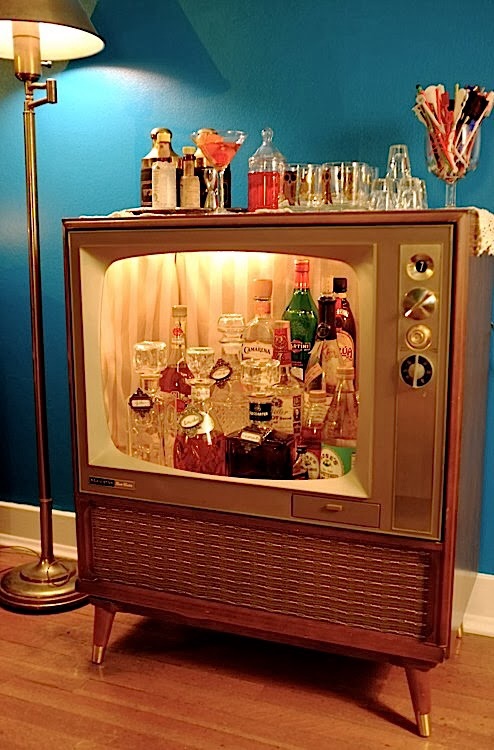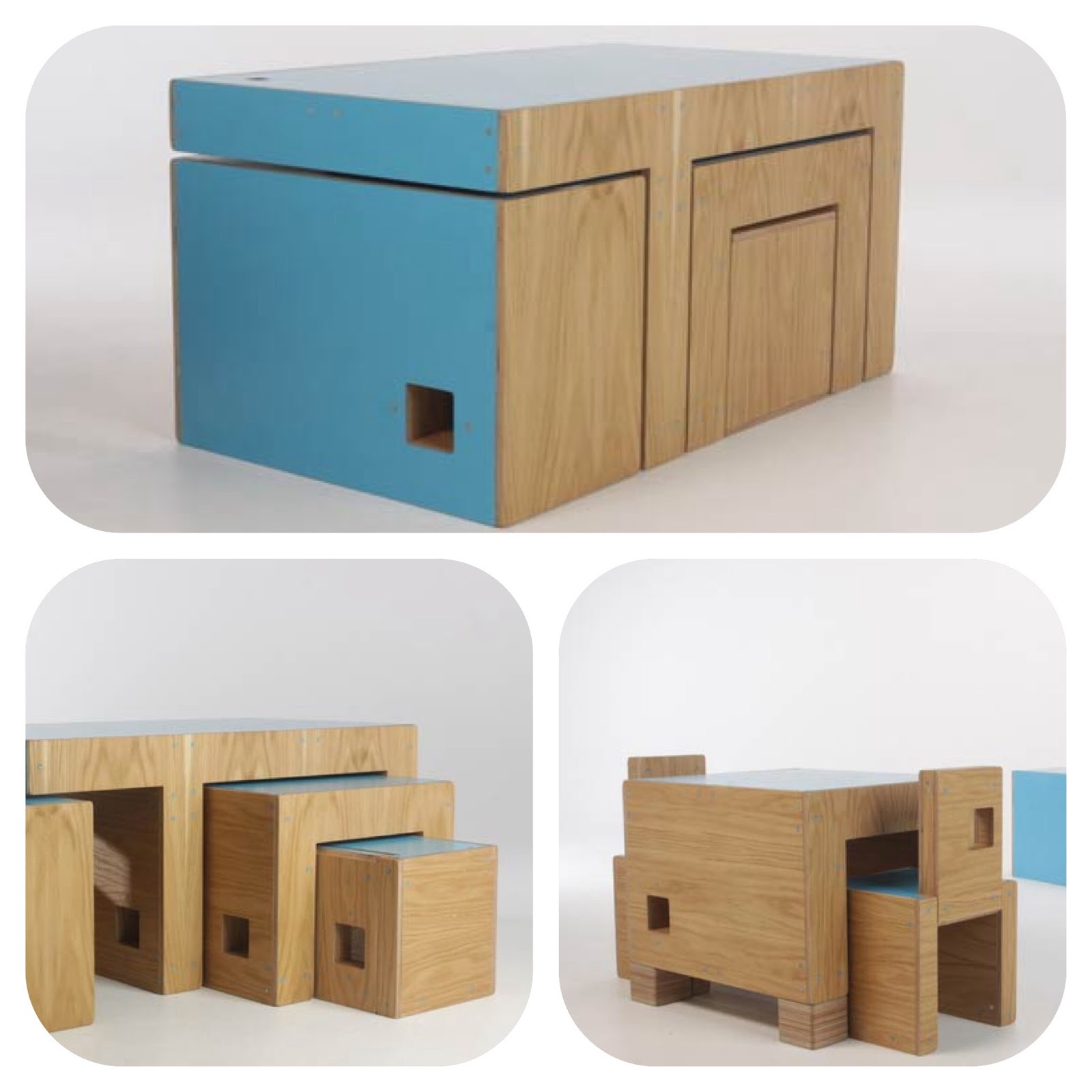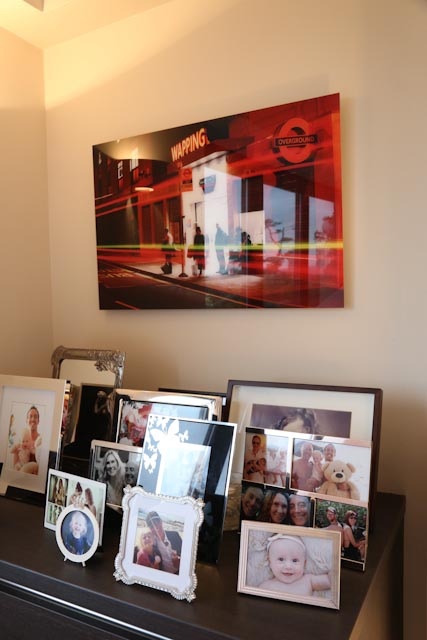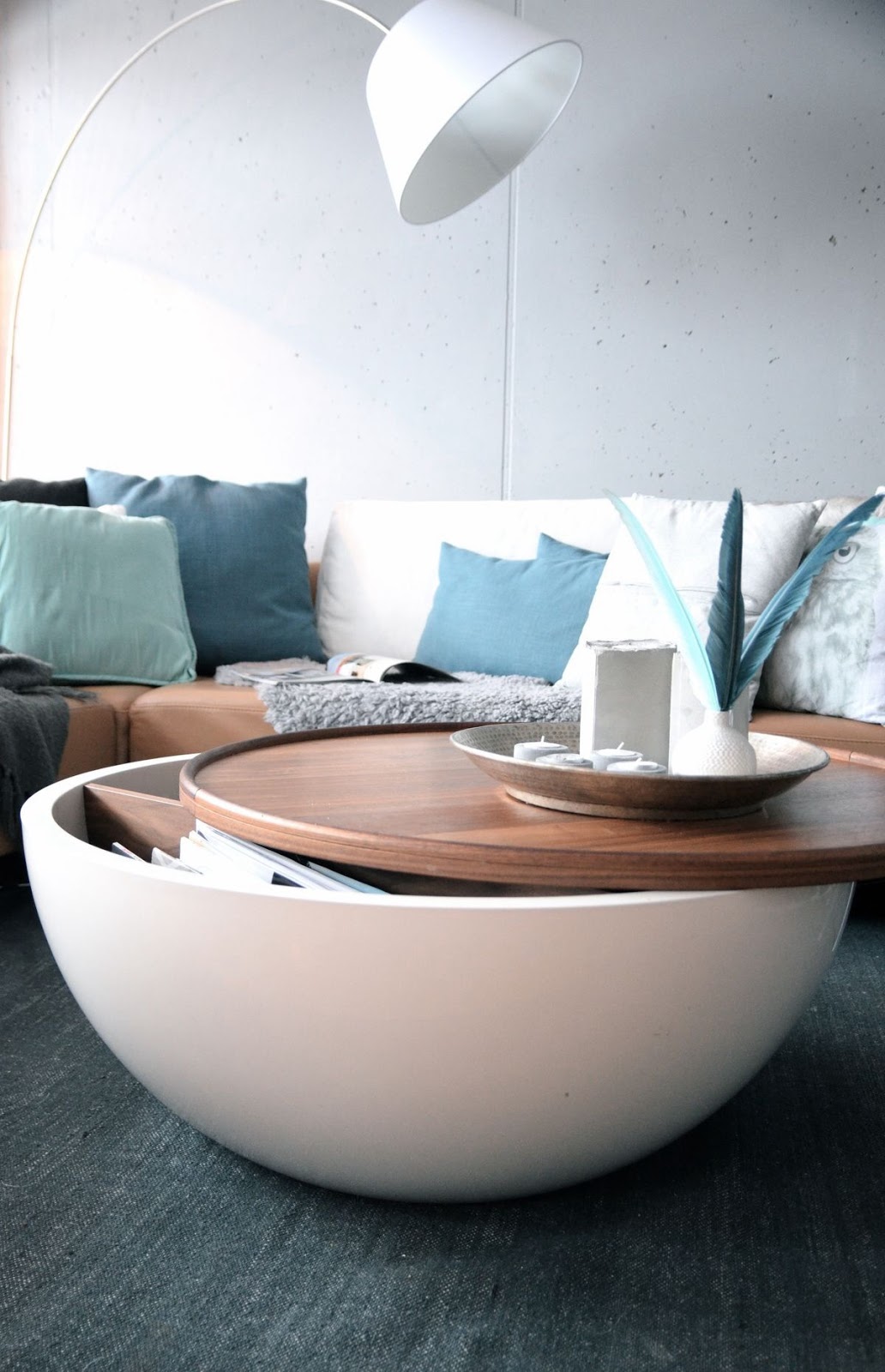Can you teach an old dog new tricks?

There are so many beautiful objects from the past. Unique items that seem so lovingly made, especially when compared to the mass produced goods we can now buy in the high street shops. I visited some of the antique shops in Rye the other day. (If you've not been, go! An entire town dedicated to antiques and salvaged finds - it's heaven!) Browsing through the wares in the shops, I literally could have bought everything I saw... My husband and the lack of space in our car were the only things holding me back. Sadly.
But I'm not the only one with an eye on these historical finds. There's been a huge rise in popularity in anything vintage or antique. (Apparently the former is anything over 20 years old, whereas the latter is over 100 years old). In home interiors we value objects that are unique, that have a story of their own and personalise the space within which they live. Finding items made properly and loved by others before, ticks all of these boxes. Running alongside this trend, there is also a growing consciousness among us all about the waste we are creating on our planet. How cheap furniture and home accessories will often get thrown onto the scrap heap once their useful life has ended. In producing items for a mass market we use up a tremendous amount of energy and precious resources. If we can buy something already made, something individual from the depths of time, then this will help cut that waste and make our homes look beautiful at the same time.
These two strands of thought are intertwining to ensure that repurposing old furniture and old household items are now more popular than ever. The generation that lived through the war and its aftermath had no choice but to 'make do and mend', and now this idea has been brought up-to-date and is being embraced in ever more ways by a generation too used to seeing 'made in Taiwan'.
This doesn't mean breaking the bank, as sites such as Gumtree, Freecycle and Freegle have shown. All across the country there are also auction houses which sell an ever changing mix of interesting items and furniture. They're a great (and addictive!) shopping experience. Find your local one here.
So, no excuses! Head out there and get shopping! (As if you needed an excuse!)
But, I know what you're thinking, it's actually tricky to know what to do with these second hand items. Who needs more stuff? What happens if you love what you see, but you don't know what to do with it? This is where you can let your imagination and creativity loose! Don't put limits on yourself, be inspired...
Here are some ideas to get you started...
- Turn an old tv into a drinks cabinet:
- A haberdashery or glass display cabinet as shoe storage:
- Repainting furniture can give it an instant new lift:
- Use lovely old furniture in unexpected places:
- Be creative with your lighting too:
- Car parts can be given a new function - here bar stools:
- Re-think how you use multiple items, such as these tables stacked on top of each other to create a tall unit; the bottle tops used as a splash-back and old miss-matching doors used for a built-in wardrobe:
- Take those ideas outside too...
- Or just go crazy and use that old banger, or errr crutches:
Top tips for buying second hand:
1) Don't be put off with work. If you're drawn to an item but it needs a lick of paint, or if a carpenter needs to work on it first, don't let this phase you! A weekend spent sanding and painting or asking someone to do a bit of sawing will still mean you end up with something much more special (and usually cheaper), than if you bought it from a catalogue.
2) Try it out. It's obvious, but if you're buying a second hand chair, try it out first. Don't be afraid to sit on it and put your feet up. Of course though, remember that you can always get the covers re-upholstered and stuffing re-stuffed! (But this will add to the cost, so haggle on the price...)
3) Be aware of materials. Is it solid wood or a cheaper veneer? Is it sturdy? In our age of knock-offs, be sure you're getting the real deal and not just badly made furniture posing as something a lot nicer.
4) Go with your gut. Even if it's not solid wood, it can still be beautiful, so don't feel bad buying it anyway. Ikea hacks look amazing! Equally, trust your instincts the other way. You may love the look of it, but if there's a pong about it or a strange large stain, you may have to assume that these won't go and perhaps it's best to leave the item alone.
5) Think before you buy. Finding beautiful old objects can become addictive (believe me, I know!), so choose your pieces with care, you want quirky and interesting, not for your home to look like an old salvage yard. Be mindful of where you'd like to put it first. Do you also have the time to re-do it or repurpose it? If the answer is not sure or no, then it's ok to just enjoy browsing, a bit of dreaming and then head off for brunch with friends... You can always go back to the shop :-)
beautiful foundations claims no credit for any images posted on this site unless otherwise noted. Images on this blog (beautiful-foundations.com) are copyright to their respectful owners. If there is an image appearing on this blog that belongs to you and you do not wish for it to appear on this site, please contact me with details of which image you refer to and it will be promptly removed. Any image on this site is here because it is thought to be beautiful.




























